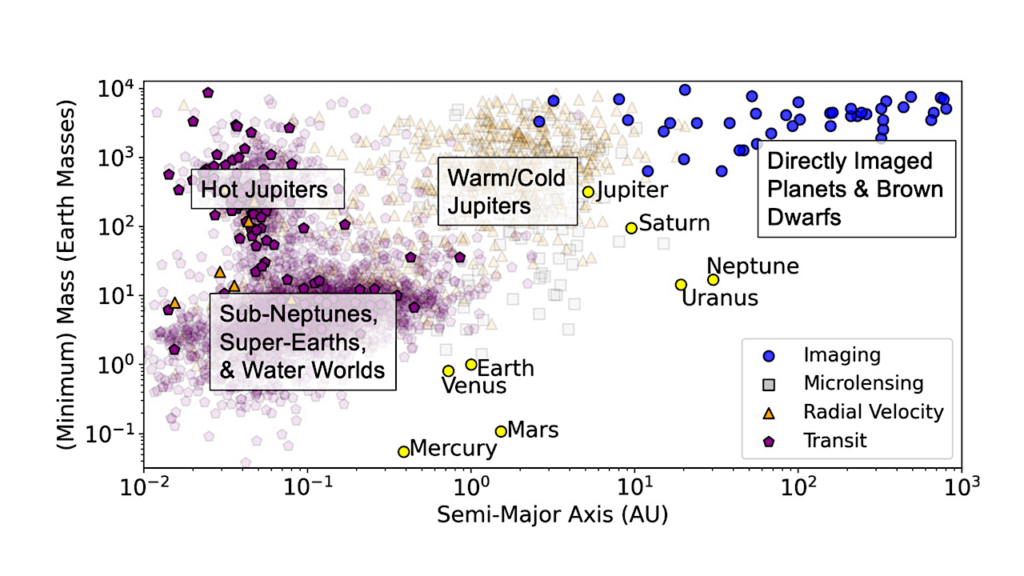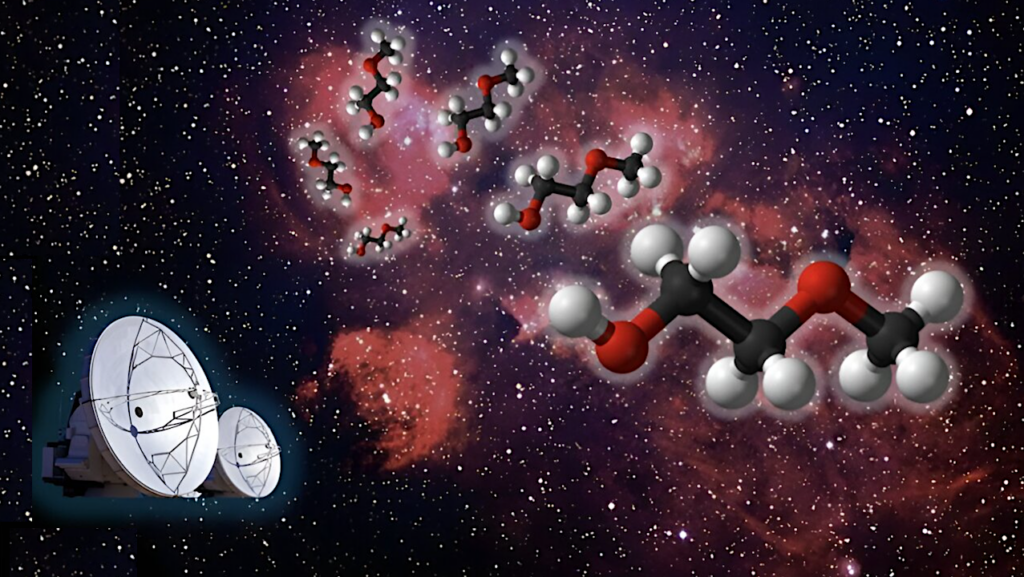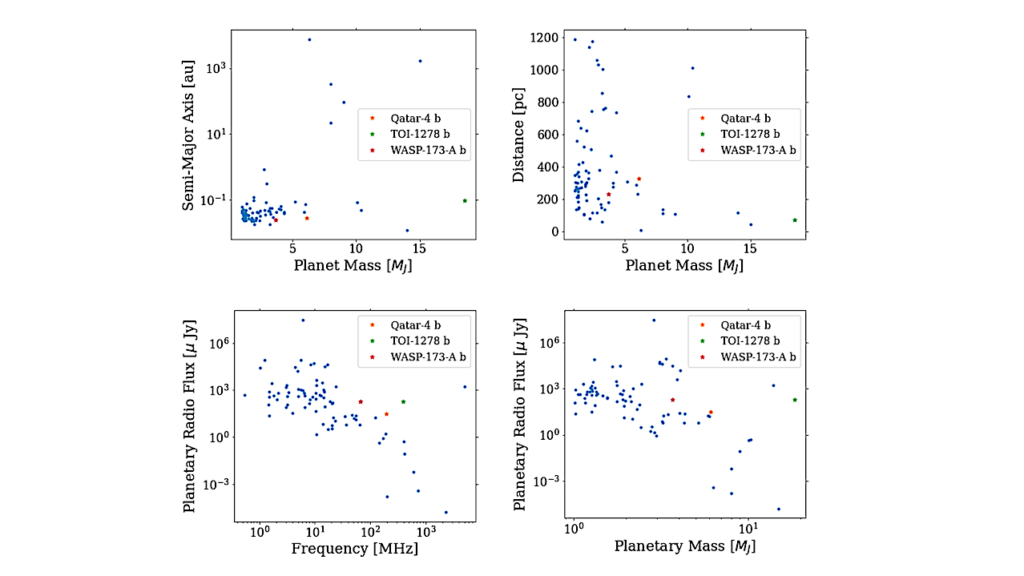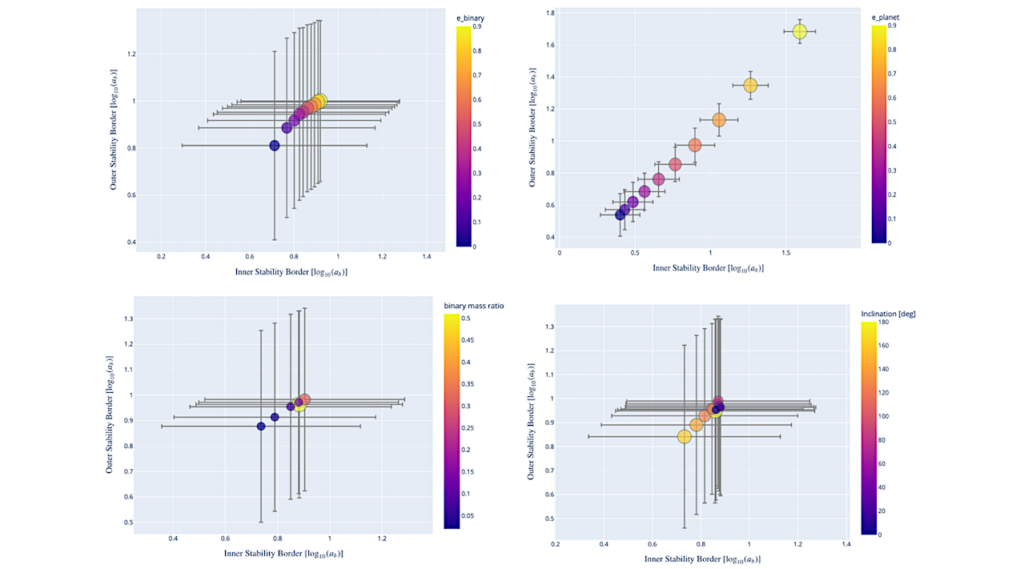Panoramic SETI: Program Update and High-Energy Astrophysics Applications
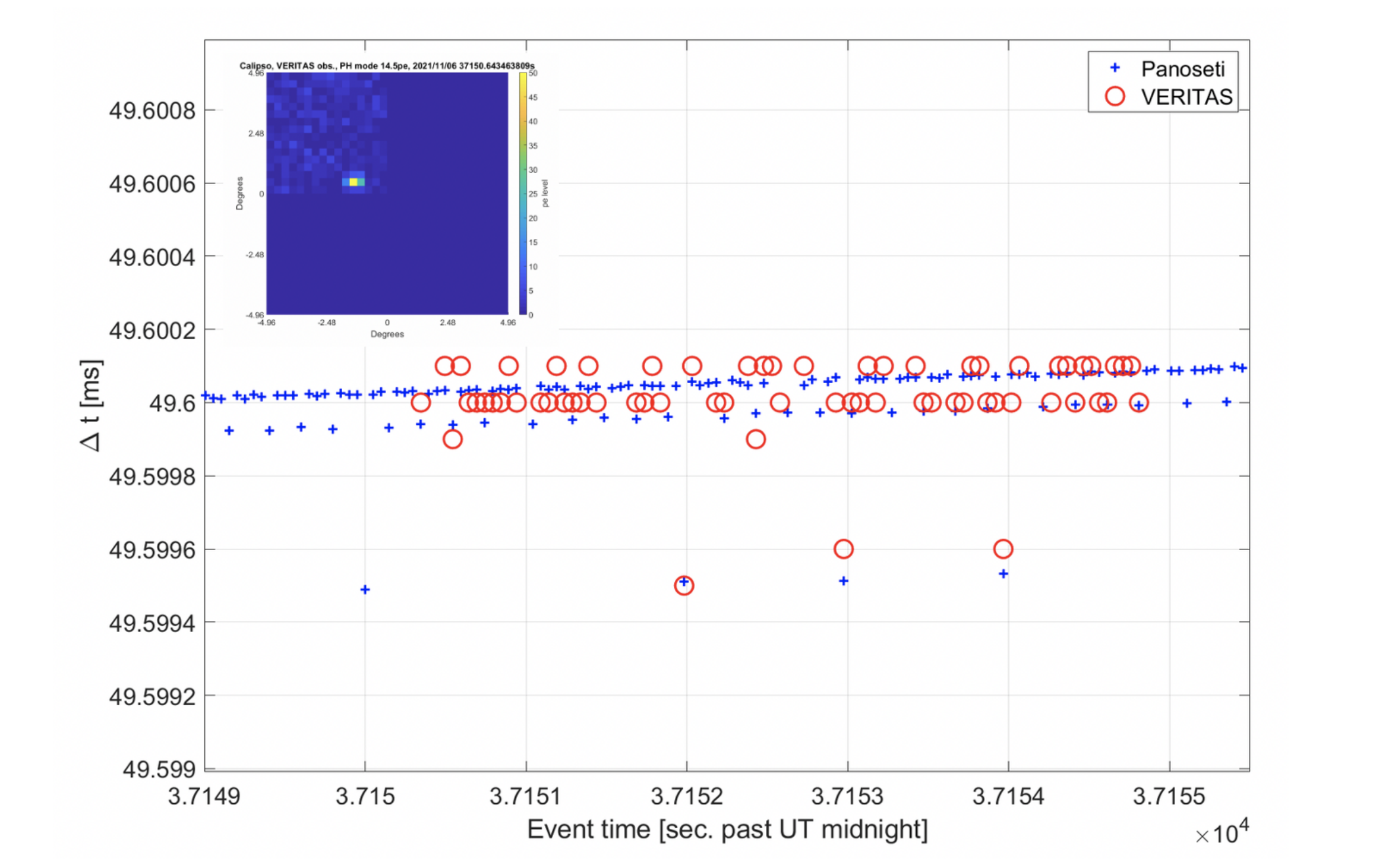
Optical SETI (Search for Extraterrestrial Intelligence) instruments that can explore the very fast time domain, especially with large sky coverage, offer an opportunity for new discoveries that can complement multimessenger and time domain astrophysics.
The Panoramic SETI experiment (PANOSETI) aims to observe optical transients with nanosecond to second duration over a wide field-of-view (∼2,500 sq.deg.) by using two assemblies of tens of telescopes to reject spurious signals by coincidence detection. Three PANOSETI telescopes, connected to a White Rabbit timing network used to synchronize clocks at the nanosecond level, have been deployed at Lick Observatory on two sites separated by a distance of 677 meters to distinguish nearby light sources (such as Cherenkov light from particle showers in the Earth’s atmosphere) from astrophysical sources at large distances.
In parallel to this deployment, we present results obtained during four nights of simultaneous observations with the four 12-meter VERITAS gamma-ray telescopes and two PANOSETI telescopes at the Fred Lawrence Whipple Observatory. We report PANOSETI’s first detection of astrophysical gamma rays, comprising three events with energies in the range between ∼15 TeV and ∼50 TeV. These were emitted by the Crab Nebula, and identified as gamma rays using joint VERITAS observations.
Jérôme Maire (1), Shelley A. Wright (1 and 2), Jamie Holder (3), David Anderson (4), Wystan Benbow (5), Aaron Brown (1), Maren Cosens (1 and 2), Gregory Foote (3), William F. Hanlon (5), Olivier Hervet (6), Paul Horowitz (7), Andrew W. Howard (8), Ryan Lee (4), Wei Liu (4 and 9), Rick Raffanti (10), Nicolas Rault-Wang (4 and 9), Remington P. S. Stone (11), Dan Werthimer (4 and 9), James Wiley (1 and 2), David A. Williams (6)
Comments: 9 pages, 5 figures, SPIE Astronomical Telescopes + Instrumentation conference, 2022, Montréal, Québec, Canada
Subjects: Instrumentation and Methods for Astrophysics (astro-ph.IM)
Cite as: arXiv:2210.01356 [astro-ph.IM] (or arXiv:2210.01356v1 [astro-ph.IM] for this version)
https://doi.org/10.48550/arXiv.2210.01356
Focus to learn more
Related DOI:
https://doi.org/10.1117/12.2630772
Focus to learn more
Submission history
From: Jérôme Maire
[v1] Tue, 4 Oct 2022 03:50:46 UTC (9,000 KB)
https://arxiv.org/abs/2210.01356
Astrobiology, SETI



